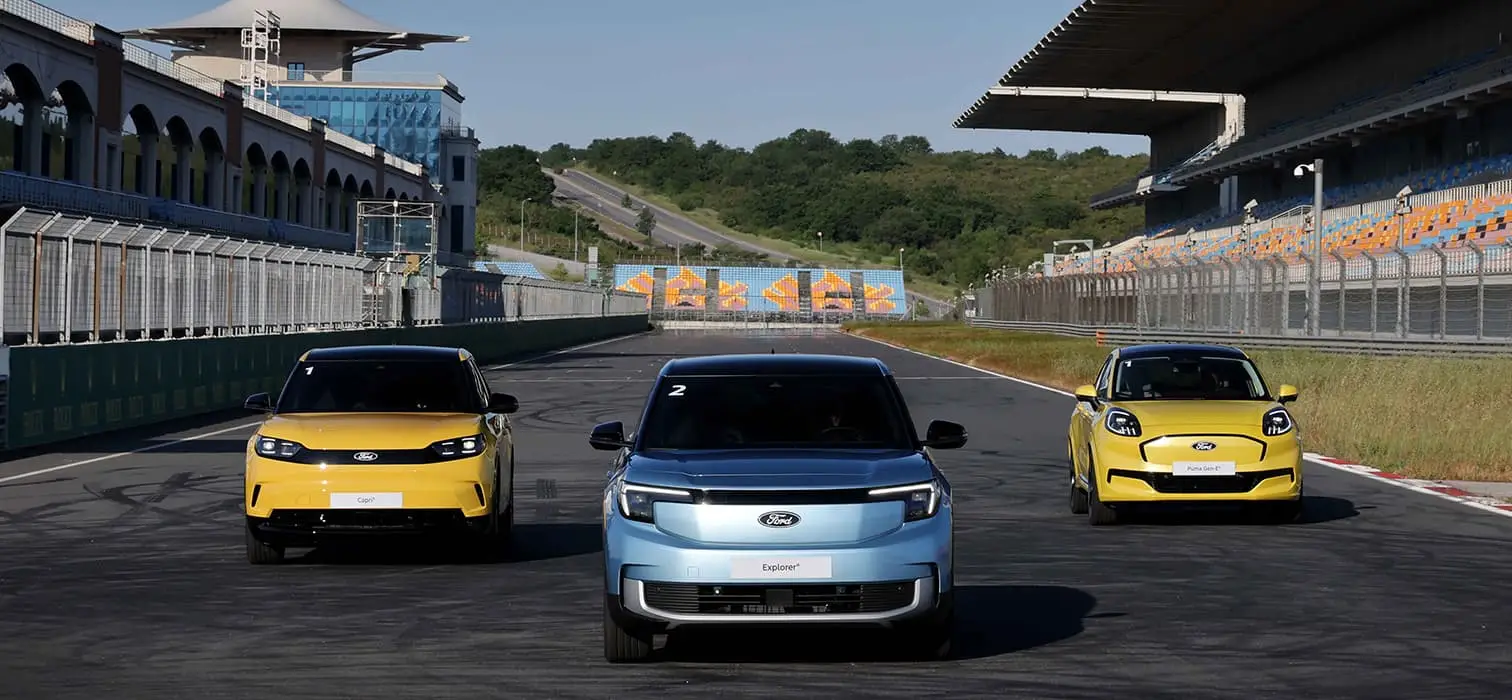
The automobile, which is one of the most important inventions in human history. In addition to individual freedom of travel, it has also created a unique culture. It has gone through many transformations until today. To understand this transformation, it is necessary to examine rare examples. Our suggestion is to visit the Louwmann Museum, which was established for this purpose.
It is rare, that is, rare. Rare things are valuable, some are even priceless. These sentences immediately bring to mind precious metals, jewelry, paintings and historical artifacts. Not only that, there are also extremely rare examples among automobiles. Some are even considered works of art. Like many other rare items or artifacts, rare cars are also a favorite of collectors. While some people see antique or classic cars as an investment tool, others prefer to exhibit and preserve these vehicles in their museums.
A significant portion of automobile brands have their own museums. In these museums, they exhibit the roots, development and achievements of the brand. There are also private museums, some of which are filled with truly priceless cars. One of them is the Louwmann Museum in Den Hague, Netherlands.

The history of the museum goes back to 1934. Piet Louwmann implemented the idea of preserving models that can be considered milestones in automobile history for future generations with the 1914 model Dodge. Over the years, both Piet Louwmann and his son Evert Louwmann found rare and important examples of automobile history and included them in the museum. As time passed, cars with more refined features began to be chosen.
Ronald Kooyman, who is currently the director of the museum, explained the concept of the museum: “Our aim is to provide a comprehensive overview of automobiles and automobile-related objects. The exhibits have been carefully selected to include the widest possible variety of technologies, bodywork and styles. Some vehicles remain in their original condition despite a century of use. Others are the only examples of their type ever produced. There are stark contrasts between the majestic luxury automobiles of the 1920s and 1930s and the early designs of affordable family cars. “It is also possible to distinguish various national cultures from around the world by observing differences in design and technology,” he explains.

There are many models that have gained success in the automobile world and are considered classic or antique. However, Louwmann Museum focuses not on such models, but on rare vehicles with historical value. Many one-of-a-kind automobiles are exhibited in this museum.
Stating that they are trying to compile an interesting and balanced automobile collection in order to show the history of automobiles in a clear and understandable way, Ronald Kooyman gave examples of the content of the museum, which includes more than 275 automobiles, including the single example of AA, the first Toyota model, as well as models such as Brooke Swan Car or Joswin.
So how do you restore cars that have been out of production for a century or more? Ronald Kooyman’s answer to the question of how to find spare parts for such vehicles: “Instead of restoring cars, we prefer preserved ones. Each project is unique and should be researched as a single project. “Sometimes we can still find spare parts, sometimes we have spare parts made specially.”

Thinking that such rare cars must be quite expensive, we do not forget to ask about the most expensive vehicle in the museum and the total wealth in the museum. Saying that they are not interested in the value of the cars, Ronald Kooyman emphasizes that they are only interested in the historical value of the car.
There are not only rare cars in the museum. After the emergence of automobiles, toy cars and model cars also emerged. A special section at the Louwmann Museum is full of artistic models and toy cars. Among these, there are miniature cars called Spindizzy, which appeared in the 1930s and can reach speeds of up to 200 km per hour.
Posters also play an important role in model promotion in automobile history. The museum has the world’s richest collection of automobile posters from the 19th and 20th centuries, prepared by very important artists. There is also a special section for automobile-themed items. Many special products, from cigarette cases to letter openers, from pocket watches to flasks, have also taken their place in the museum.

Racing is an essential part of the automobile world. Silver, bronze and porcelain cups and sculptures, which are works of art prepared for the winners of races as old as the history of automobiles, are also exhibited at the Louwmann Museum.
The museum also hosts expositions. Finally, Formula 1 legends are on display at the Louwmann Museum. Previously, special exhibitions such as micro cars, the 100th anniversary of the Alvis brand, and extraordinary French cars were also held.
THE MUSEUM BUILDING IS ALSO A WORK OF ART

The building currently used by the Louwmann Museum was designed by the well-known American architect Michael Graves. The landscape around the building bears Lodewijk Baljon’s signature. The rectangular-shaped museum building has a design reminiscent of the demolished Reigersbergen mansion, which was previously located at the same point. The museum building, which has an area of 16 thousand square meters, was opened by Queen Beatrix on July 2, 2010.



